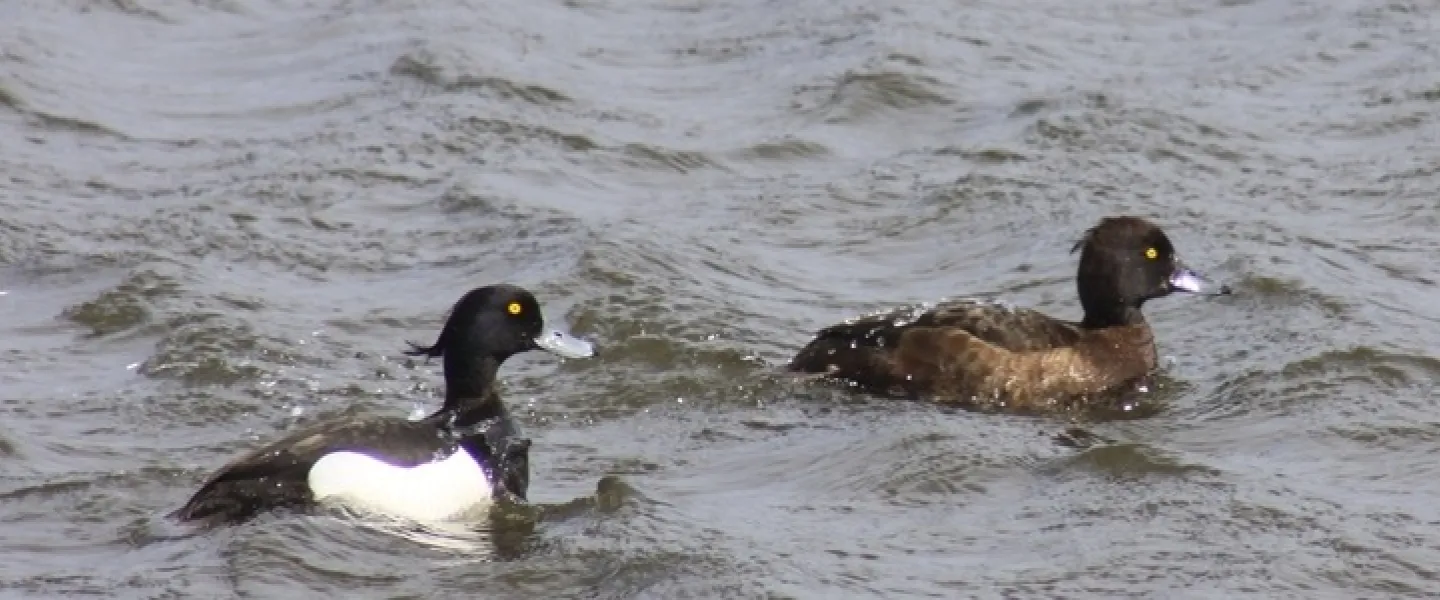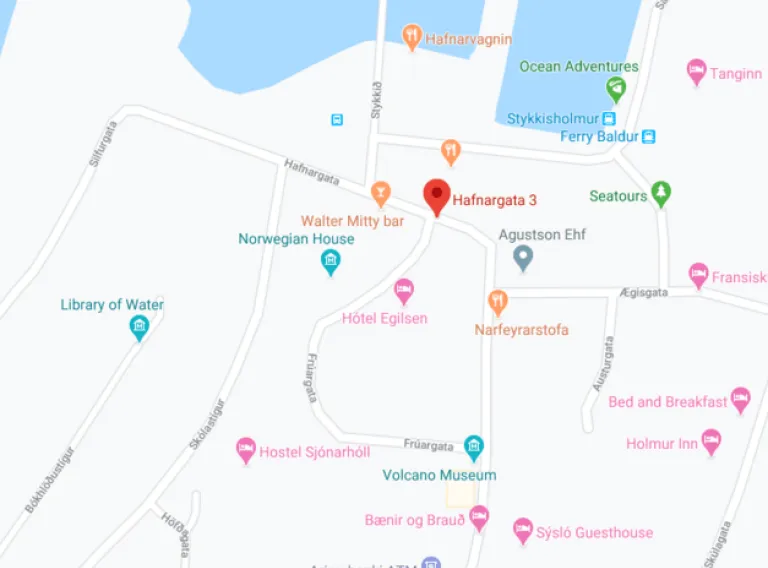
The Research Centre operates in the Snæfellsnes and Breiðafjörður region.
The Centre is intended in particular to bolster research-based work in West Iceland in collaboration with domestic and international scientific institutes, companies, organisations and individuals. We focus on research into the unique and internationally significant natural environment of Breiðafjörður, Snæfellsnes and the north side of Faxaflói.
The Research Centre is located in Stykkishólmur on the north side of the Snæfellsnes peninsula.
Follow us on Facebook



